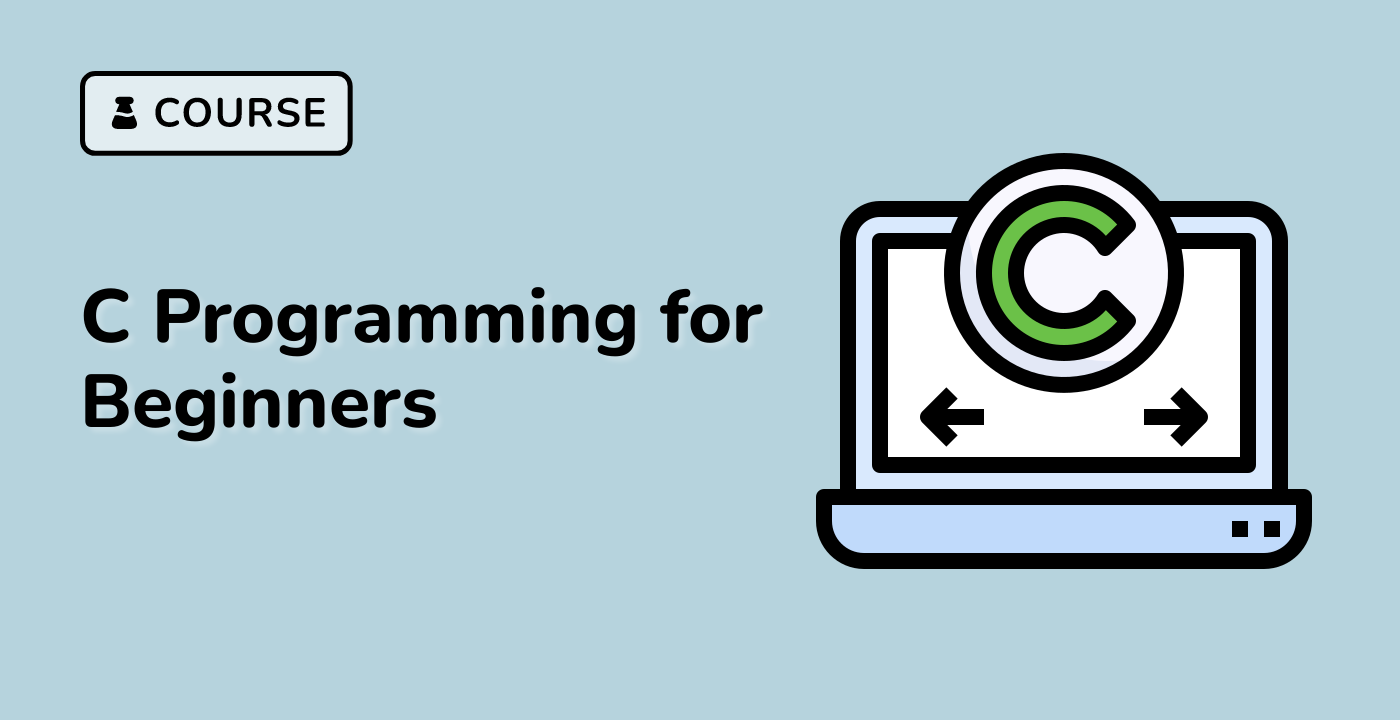Range Validation Methods
Understanding Range Validation
Range validation ensures that input values fall within acceptable boundaries, preventing unexpected program behavior and potential security risks.
Validation Strategies
graph TD
A[Range Validation Methods] --> B[Direct Comparison]
A --> C[Macro-based Validation]
A --> D[Function-based Validation]
A --> E[Conditional Checking]
Simple Comparison Method
#include <stdio.h>
int validate_range(int value, int min, int max) {
return (value >= min && value <= max);
}
int main() {
int age;
const int MIN_AGE = 0;
const int MAX_AGE = 120;
printf("Enter your age: ");
scanf("%d", &age);
if (validate_range(age, MIN_AGE, MAX_AGE)) {
printf("Valid age: %d\n", age);
} else {
printf("Invalid age range!\n");
}
return 0;
}
Advanced Validation Techniques
Macro-based Validation
#define IS_IN_RANGE(x, min, max) ((x) >= (min) && (x) <= (max))
// Usage example
if (IS_IN_RANGE(temperature, 0, 100)) {
// Valid temperature
}
Flexible Range Validation
int validate_numeric_range(double value, double min, double max, int inclusive) {
if (inclusive) {
return (value >= min && value <= max);
} else {
return (value > min && value < max);
}
}
Validation Scenarios
| Scenario |
Validation Type |
Example |
| Age Input |
Bounded Range |
0-120 years |
| Temperature |
Scientific Range |
-273.15 to 1000000 |
| Financial Calculations |
Precision Limits |
±2,147,483,647 |
Error Handling Considerations
- Provide clear error messages
- Log invalid input attempts
- Offer input retry mechanisms
- Prevent buffer overflows
LabEx Recommendation
When practicing range validation, LabEx environments offer interactive coding scenarios to test different validation strategies and edge cases.
Best Practices
- Always define clear input boundaries
- Use consistent validation methods
- Implement robust error handling
- Consider performance implications
- Test multiple input scenarios
By mastering these range validation techniques, you'll create more reliable and secure C programs that gracefully handle numeric inputs.




